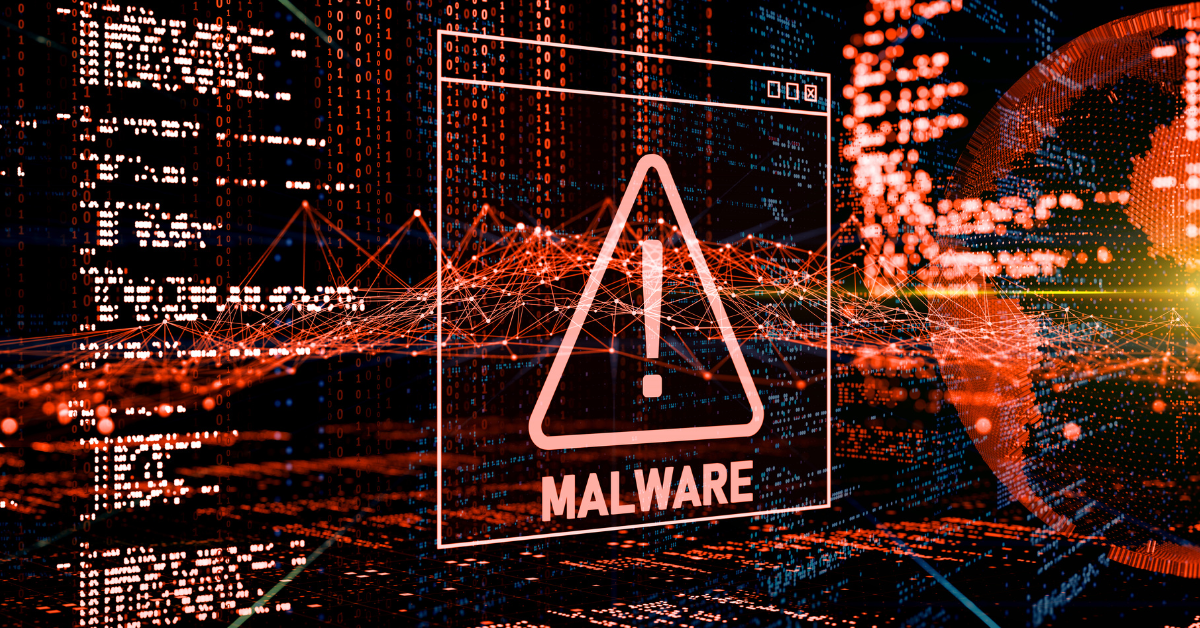When resistance fighters and ragtag paramilitary groups have access to cybercrime tools, should the security profession take notice?

In a recent report, it was revealed that Houthi rebels are operating their own spyware, GuardZoo, which is a modified version of the decade-old Dendroid RAT. This malware, though unsophisticated compared to well-funded tools like the Israeli Pegasus spyware, demonstrates the increasing accessibility and utilization of cybercrime tools by non-state actors. Distributed via social engineering tactics, GuardZoo was recently caught stealing data from 450 Middle Eastern military personnel, ostensibly to gather intelligence and track their movements, highlighting the adaptability of malware to specific uses. This trend raises concerns about the future of the security profession as more groups gain access to these tools, potentially leading to widespread surveillance and espionage activities.
As modified military malware becomes more accessible, even relatively low-budget, unsophisticated tools can pose significant threats, especially when used by organized groups with specific targets. The proliferation of such malware underscores the need for enhanced cybersecurity measures and vigilance to protect against a wide range of threats, from sophisticated state-sponsored attacks to those conducted by smaller, less resourced groups.
GuardZoo's use by Yemen's Houthi paramilitary group, also illustrates a broader trend in which state-backed and non-state actors alike increasingly turn to mobile, app-based surveillance tools, often delivered through social engineering. This shift signifies a move towards more ubiquitous and versatile malware that, while perhaps less technically advanced, can still achieve similar espionage and data theft objectives.

The commoditization of malware means that the tools for conducting cyber warfare and espionage are no longer confined to the most advanced and well-funded actors. As these tools become more widespread, the cybersecurity landscape must adapt, prioritizing robust defenses and proactive measures to counteract the diverse array of emerging threats. The increasing accessibility of cybercrime tools signifies a crucial turning point in cybersecurity, necessitating a reassessment of current strategies and the implementation of comprehensive security protocols to safeguard against this evolving threat landscape.
What threat landscape, you ask, since none of us appears to be part of their 'target audience'? That's a simple answer: the above scenario proves that anyone can be targeted at any time. From medical patients with particular implants made of precious metals to insurance clients who appear to be covered by particularly large policies, increasingly specific data is valuable to attackers across the spectrum of activism, from discreet, invisible fraudsters to violent groups of terrorists, the security profession will likely have to rise to the occasion sooner or later, if only to create a taxonomy of tactical patterns to feed detective and investigative AI cybersecurity models. If we can't stay ahead of the threat, at least we can have a hope of tracking its ongoing evolution.

